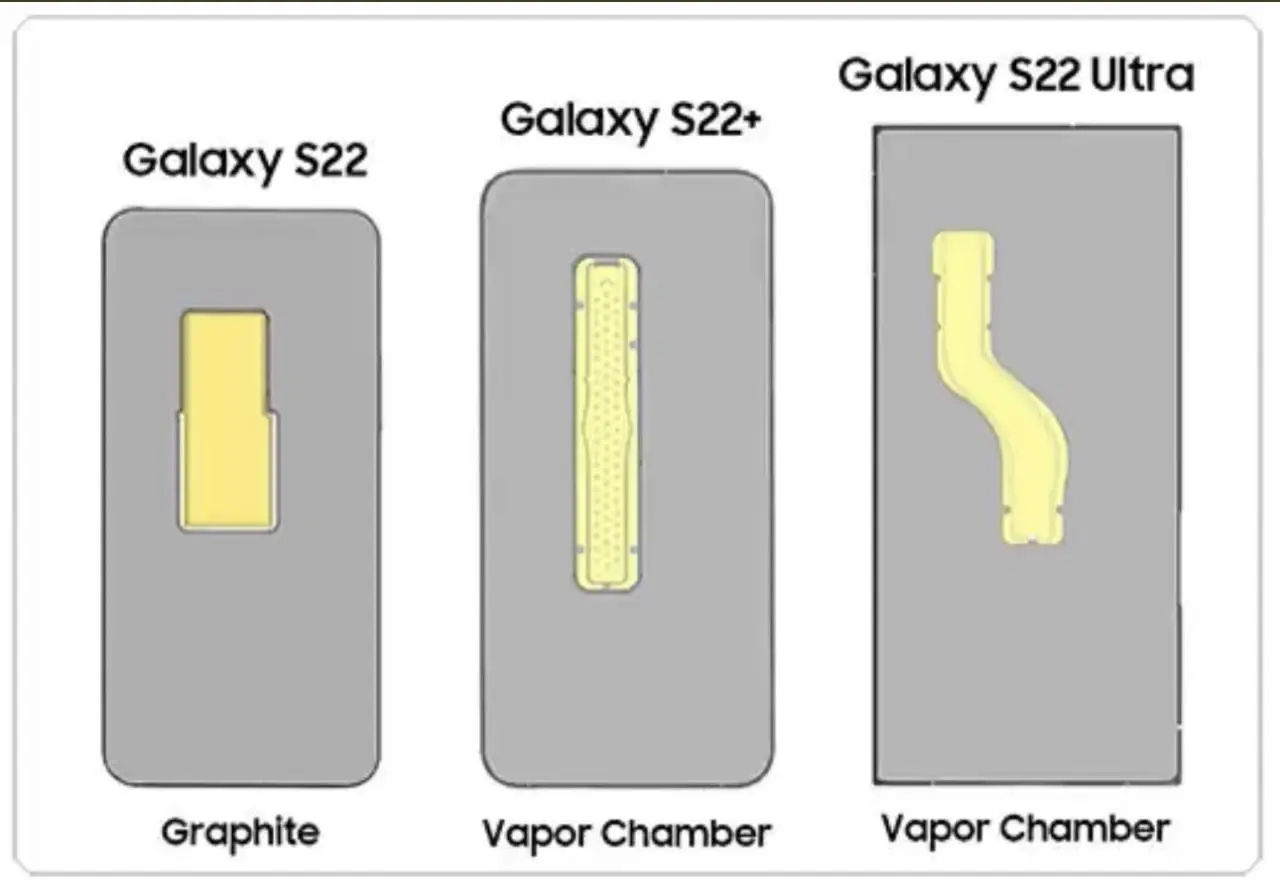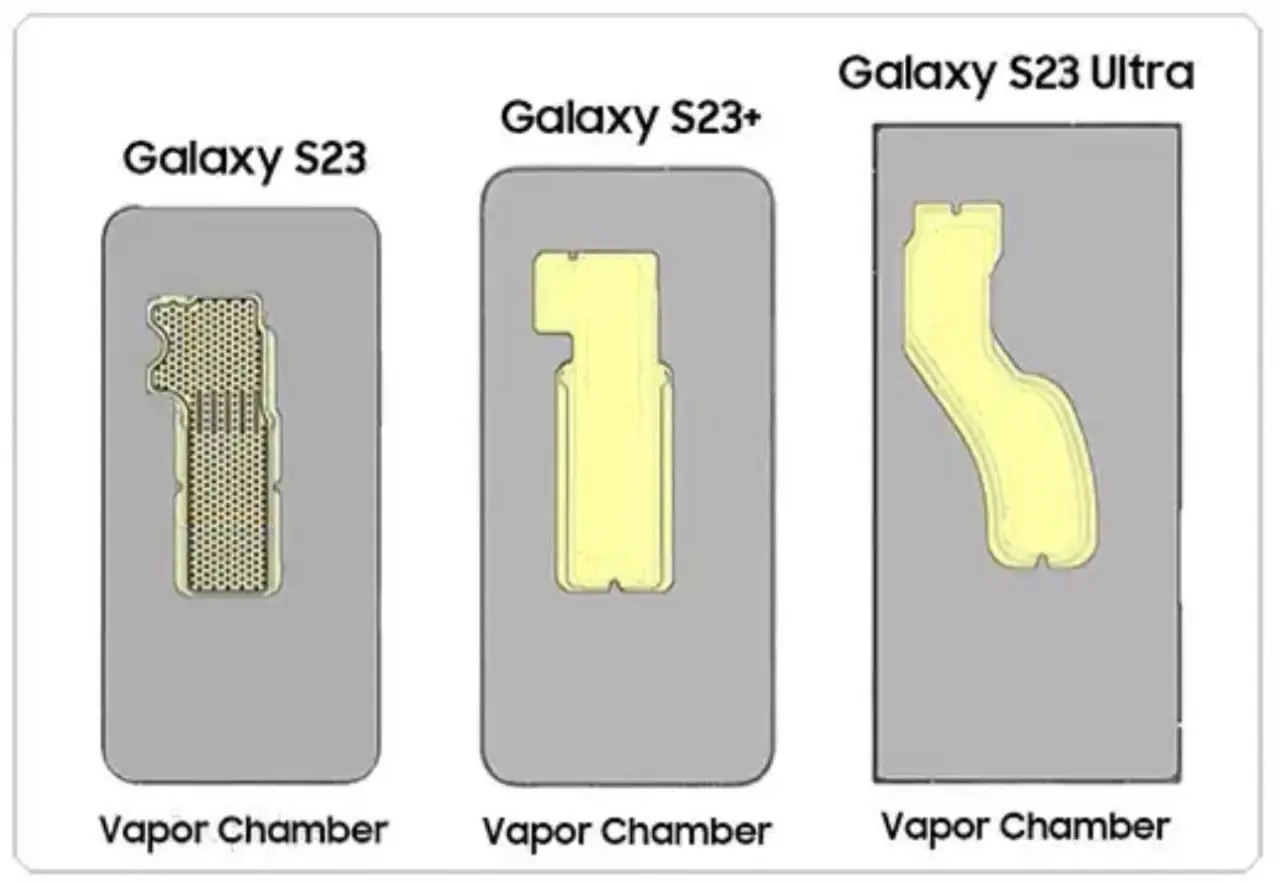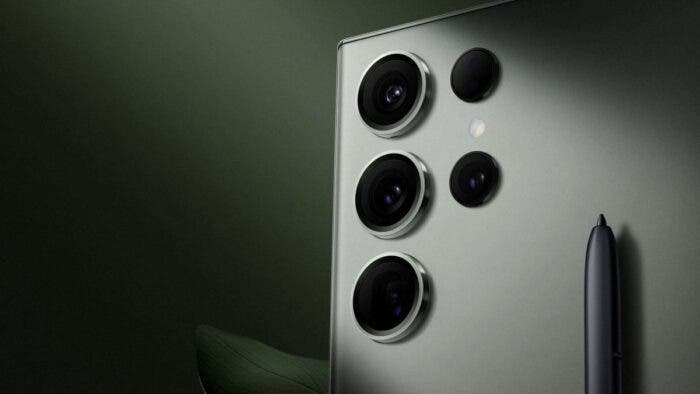A key metric for assessing the quality of mobile phones is heat dissipation. Playing games, making phone calls, or talking for a long period may raise the processor’s workload, which will lead to more heat being generated. The most recent variants of Samsung’s Galaxy S23 series come with a bigger Vapor Chamber (VC) vapour chamber cooling system.

The major job of the vapour chamber is to move heat from the chipset to cooler parts of the device, keeping it cool and secure. Better heat dissipation results from a bigger surface area of the vapour chamber. Some heat is also radiated to adjacent layers, and each layer further dissipates the heat over its full surface.

@IceUniverse, a popular Weibo tech digital blogger, shared a study of the VC vapour chambers between the Galaxy S22 and S23 series. However, the study did not make any mention of the precise heat. His tweet partly reads: “The heat dissipation area of the Samsung Galaxy S23 series has increased, as shown in the picture,”
Samsung Galaxy S23 specs
The latest Qualcomm Snapdragon 8 Gen 2 SoC is quite popular and all the devices in the Galaxy S23 series use this chip. Samsung has modified this chip so that it runs faster than the original design. The Ultra model features up to 12GB of RAM, relative to the Galaxy S23 and S23+. The other models support 8GB of RAM. All models include a storage choice that ranges from 128GB to 1TB. The Galaxy S23 and S23+ include three cameras: a 10MP telephoto zoom with 3x optical zoom, a 12MP ultra-wide angle, and a 50MP wide-angle camera.
There is a huge 200MP wide-angle sensor in the Samsung Galaxy S23 Ultra. Here, you will also find the other small-model cameras. However, there is a separate 10x telephoto zoom sensor. The Ultra model differs greatly from the Plus and Standard variants.





